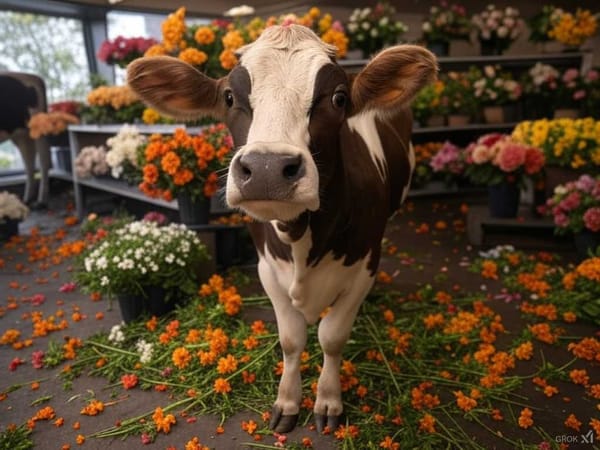The spicy creole chiles of Oaxaca
In Oaxaca, the diversity and flavor of the chiles of the state are unique characteristics of Oaxaca's creole chiles. The taste depends on the chile with which they are stewed, the herbs and spices that give them identity.





